ABOUT CÓRTEX FRONTAL
Córtex Frontal is a multidisciplinary cultural project established in 2016 by the Cultural Association Córtexcult, located in Arraiolos, Alentejo, Portugal.
We organize artist residencies, workshops, and exhibitions across disciplines including Visual Arts, Performative Arts, Literature, and Music. Our mission is to promote and develop cultural projects while fostering a dialogue between artists from diverse fields, the local community, and the surrounding region.
Córtex Frontal is a member of the Portuguese Contemporary Art Networks (RPAC).
FOUNDERS
Mercedes Vidal-Abarca (Vitoria, Spain) is a cultural manager with a background in Applied Linguistics and Educational Psychology. She lived and worked in the fields of culture and languages in France, Slovenia, England, and Russia before settling in Portugal in 2008, where she also pursued Fine Arts studies at SNBA and Ar.Co.
In 2014, she conceived the idea of creating a cultural association dedicated to the arts and research within a multidisciplinary context, which began operating in 2015 under her direction. She is co-founder of the association Córtexcult and artistic director and curator of the Córtex Frontal project. Founder of the platform The Concerned Collector, dedicated to fostering art collecting, she has been developing new forms of mediation and circulation of art and culture.
Her priority lies in building connections between artistic projects, institutions, cultural agents, and communities, which have been strengthened year after year through strategic partnerships.
Nuno Félix da Costa (Lisbon, Portugal) is a psychiatrist, visual artist, and photographer. He was a professor at the Faculty of Medicine of the University of Lisbon and has been exhibiting painting and photography since 1983, presenting his work in several cities across Europe, Brazil, and India. He has published poetry with publishers such as &Etc, Assírio & Alvim, and Companhia das Ilhas, exploring the intersections between clinical practice, literature, and the visual arts. His work is part of institutional collections such as the Portuguese Centre of Photography and the PLMJ Foundation. Since 2015, he has co-directed the Córtex Frontal project in Arraiolos, dedicated to artistic residencies and fostering connections between contemporary creation and local communities.
ARRAIOLOS
Arraiolos is a peaceful white-and-blue town in the heart of Alentejo, Portugal. Located 120 km from Lisbon and 20 km from Évora, it is surrounded by plains, oak groves, and olive tree forests.
The town is best known for its circular castle and its renowned hand-embroidered wool rugs and carpets, a craft that dates back to the Middle Ages.
As the administrative center of a larger council with a population of 7,800, Arraiolos offers a range of amenities, including restaurants, pharmacies, a public pool, a library, and more—making life for artists in residence both easy and convenient.
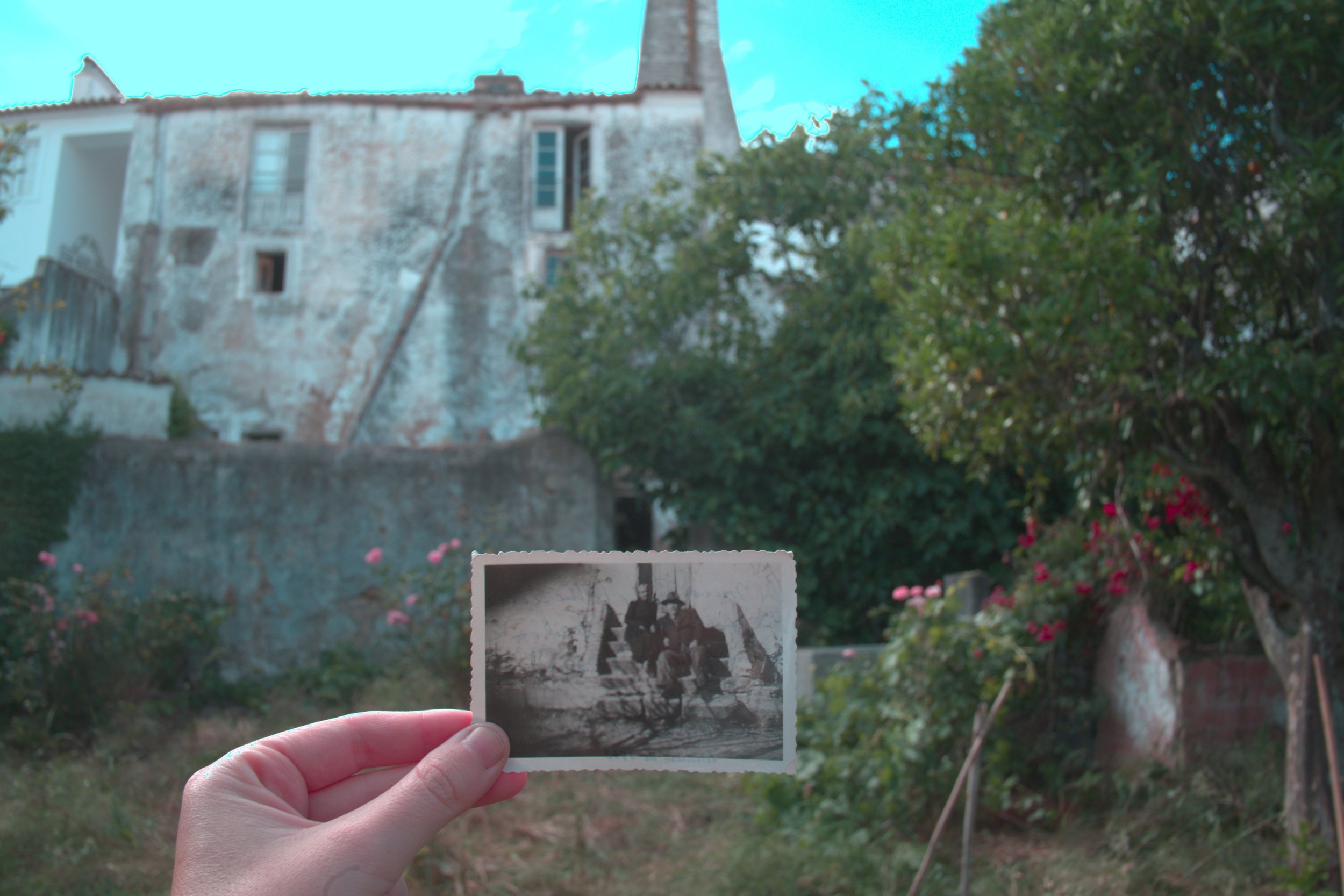
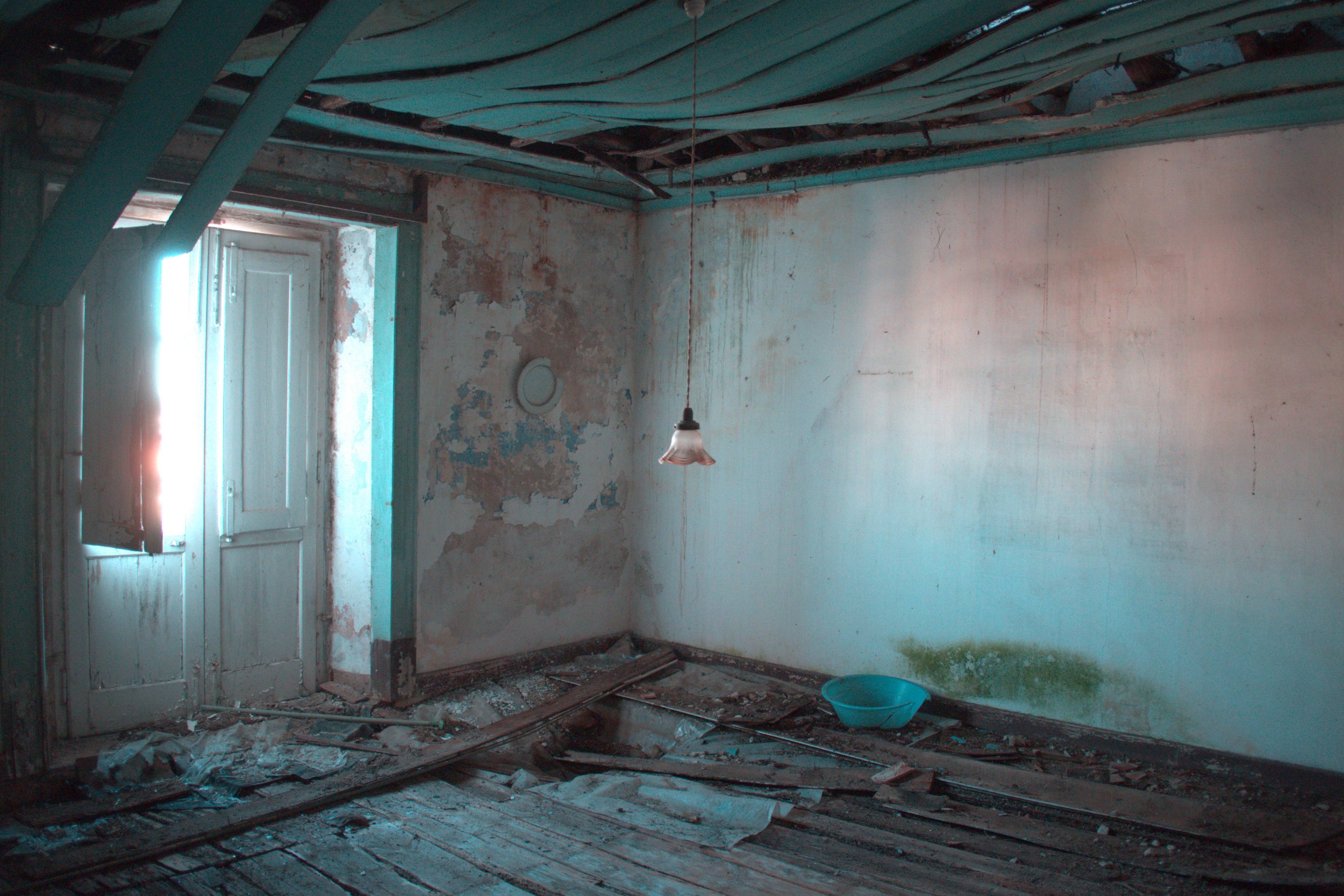
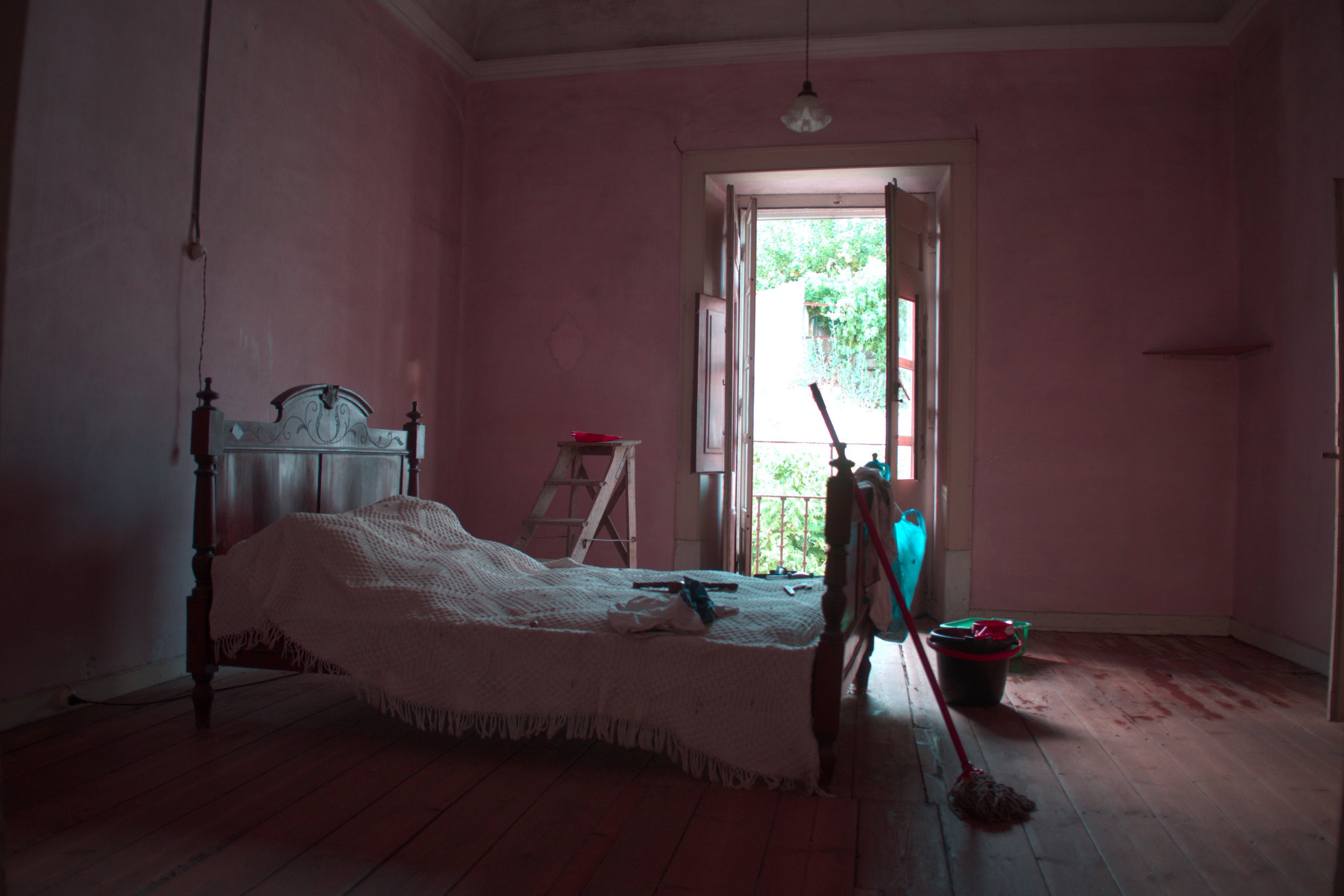
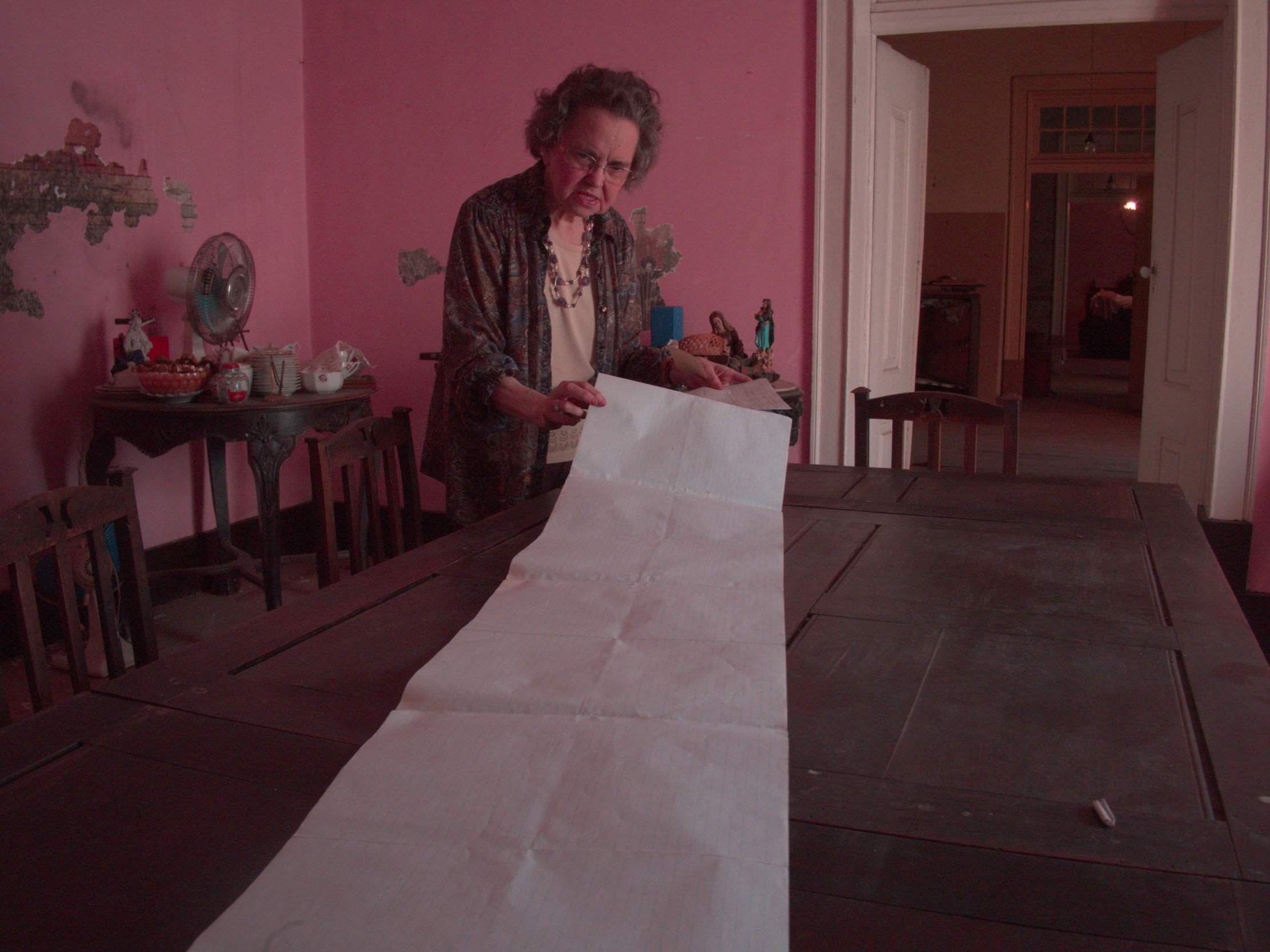
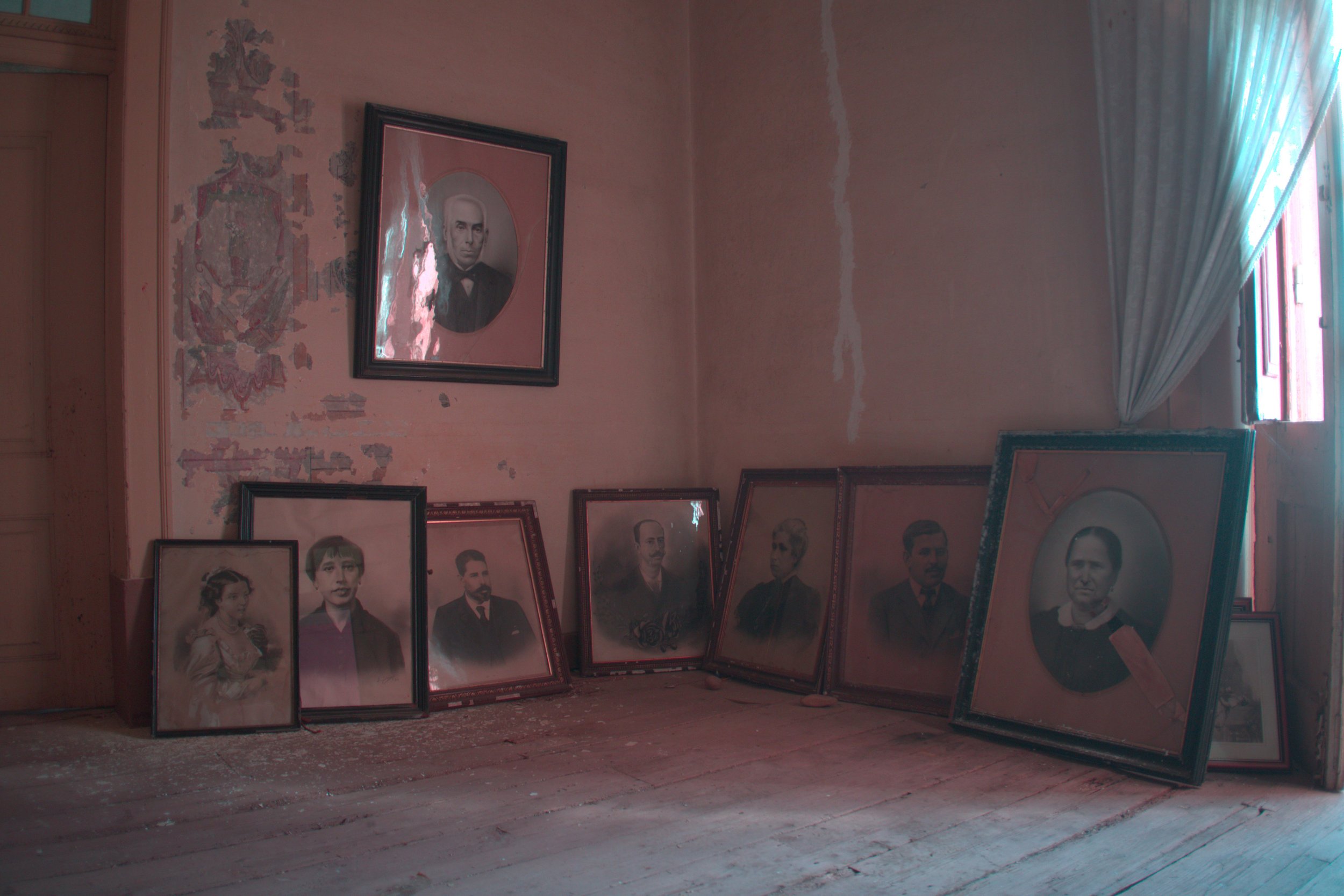
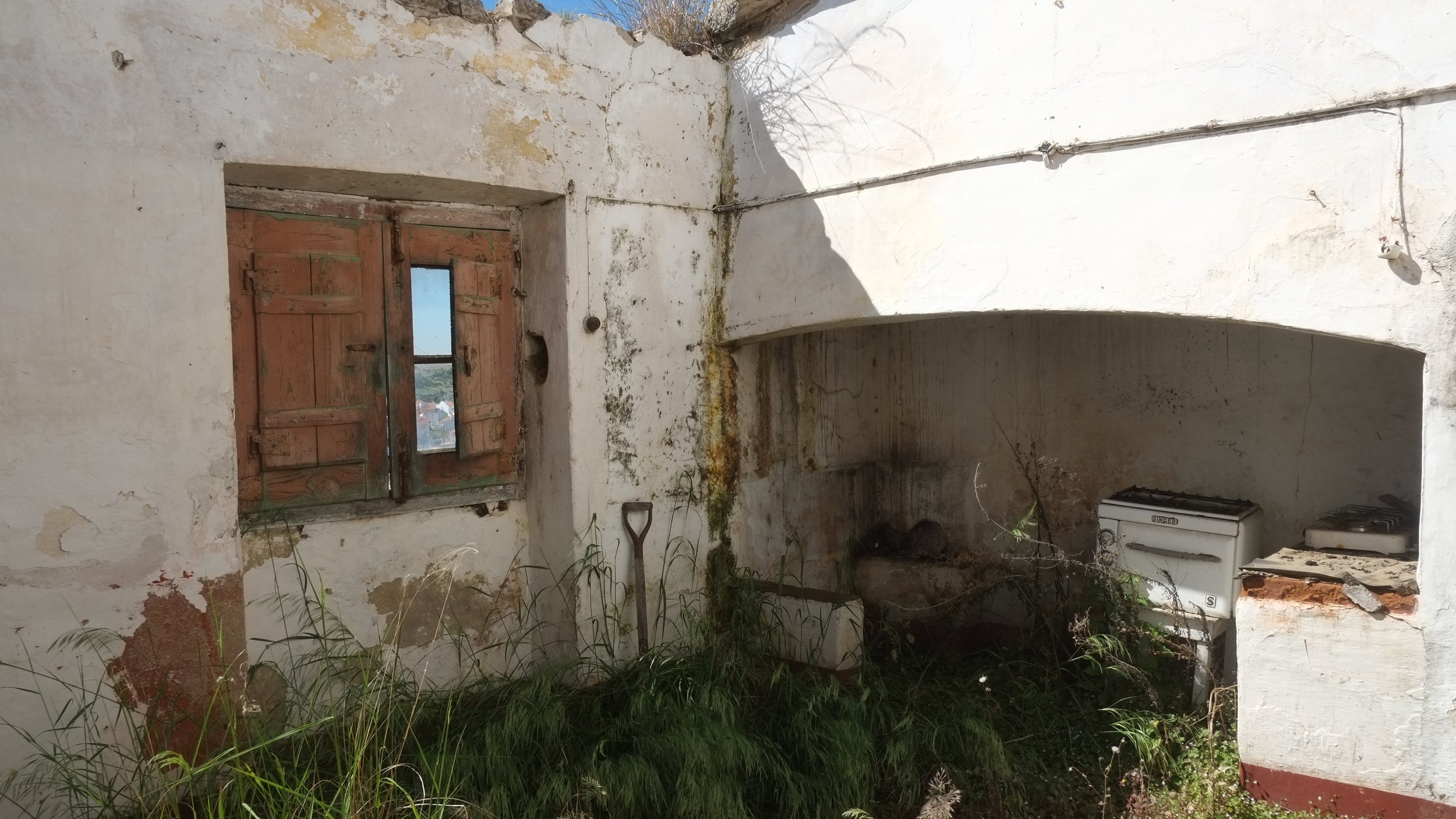
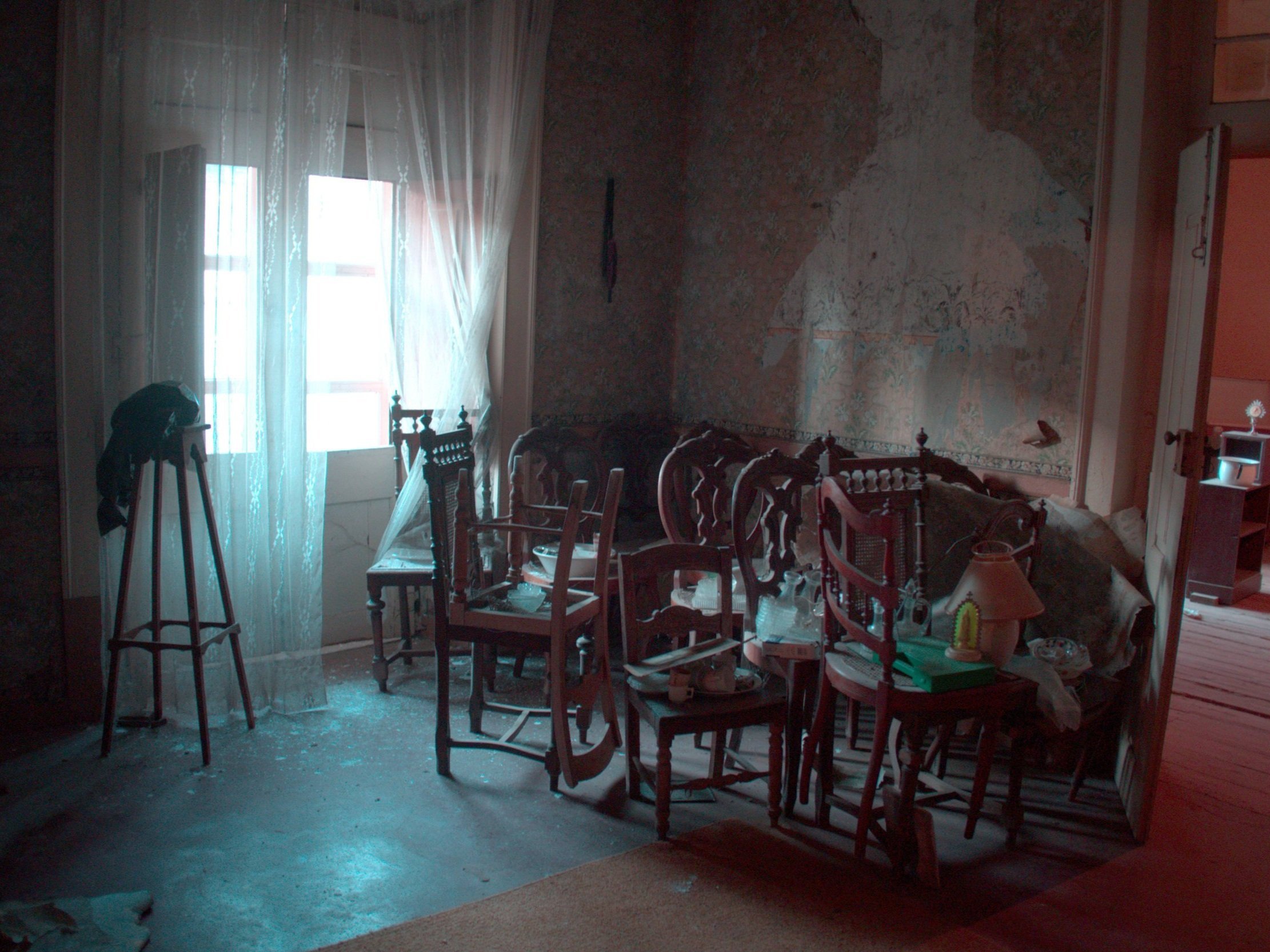
The House of the Córtexcult Cultural Association, according to José Borges in the book “Arraiolos revisitado a preta e Branco”, was located “On the most noble street in the village, called Melo Mexia, is this family's manor house, consisting of an elegant façade, from the end of the 18th century, but greatly benefited from the morgue of Arraiolos João de Melo Mexia, to receive the king D. Pedro V there in 1860.”

